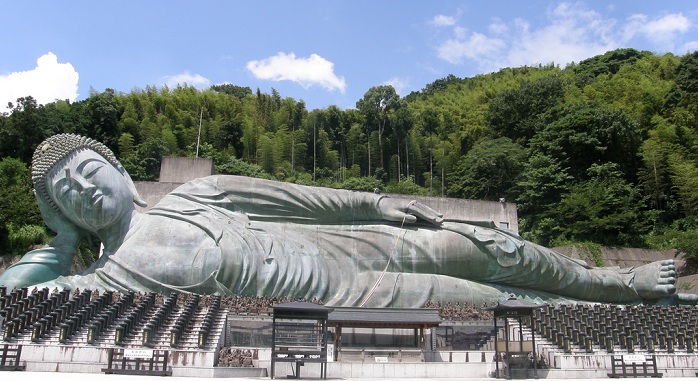On Thursday the 16th of February, Professor Ian Reader, Head of Japanese Studies at the University of Manchester, gave a lecture at the PluRel research group Oslo Buddhist Study Forum, headed by Professor Ute Hüsken (IKOS). In this blog post, Reader gives a compressed version of his talk on developments in Buddhist pilgrimages in Japan. The post is commented by PhD candidate at IKOS, Aike P. Rots.
Buddhist pilgrimage inventions, promotions and exhibitions in contemporary Japan
By Ian Reader
Pilgrimage as a practice has been widely used by Buddhist temples in Japan as a means of enhancing their popularity and in order to get people to engage in prayer activities at temples. I examine recent promotional activities by Buddhist temples and organisations, and discuss whether they conform to a standard pattern of pilgrimage promotion or as an evidence of increasing secularisation of the pilgrimage process.
Transformation or secularisation?
By Aike P. Rots
As Reader’s observations illustrate, ‘religion’ is a problematic category in Japan. There is a difference, however, between the legal, political and social category ‘religion’ as it is used in Japan, and the generic concept ‘religion’ as a tool for scholarly analysis. The fact that people and institutions do not frame their own practices as ‘religious’ (given the limited scope of the Japanese term) does not necessarily make them less ‘religious’ (when used as a generic category for cross-cultural comparison).
